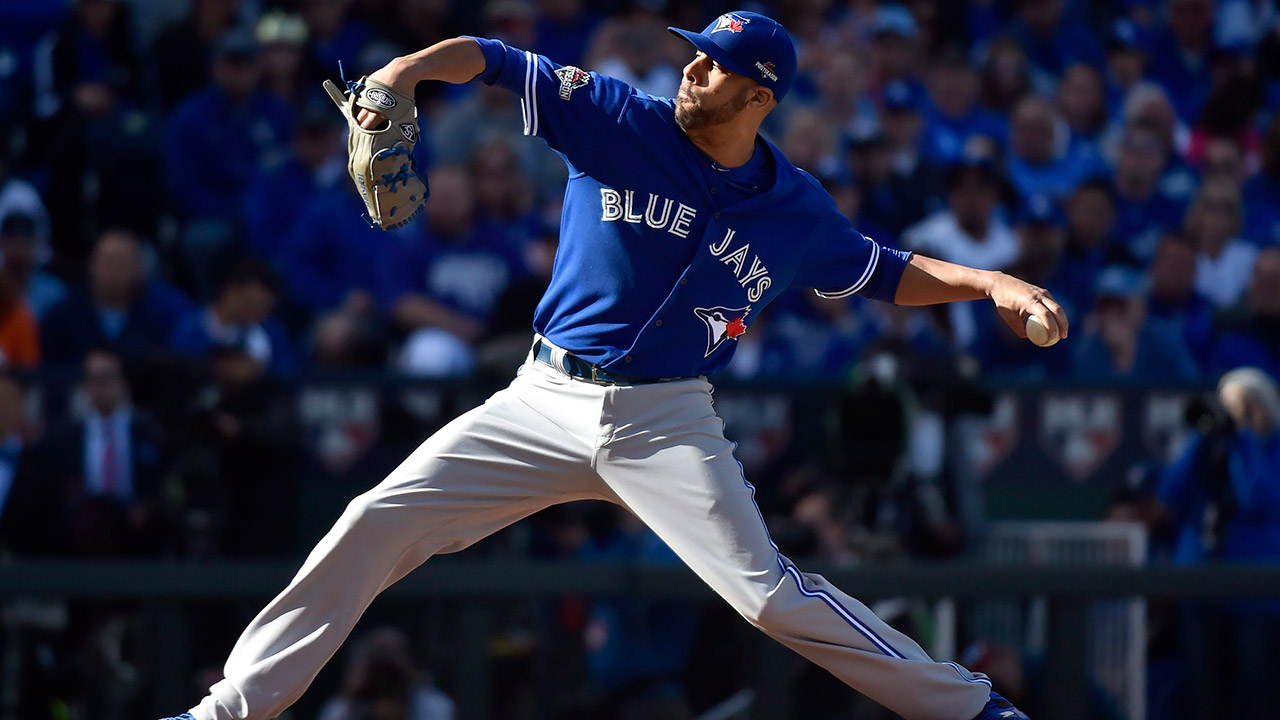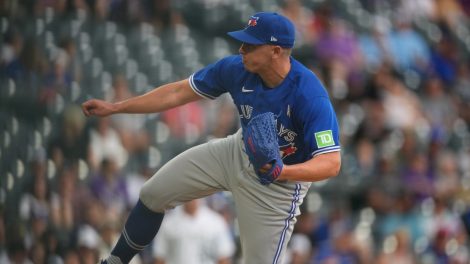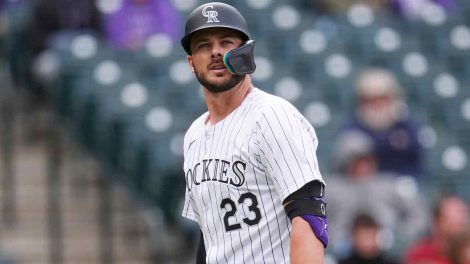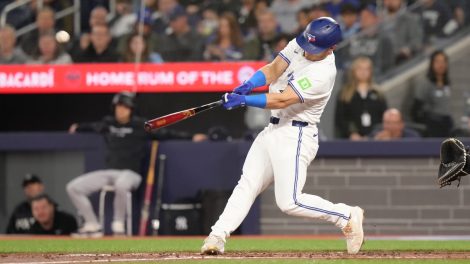Predicting the results of the MLB off-season is just about impossible, but you can always count on a steady stream of potentially confusing jargon.
Here’s an explanation of MLB hot-stove terms, followed by a calendar of events:
OFF-SEASON GLOSSARY
Qualifying offer: To qualify for a compensatory pick in the following year’s draft, teams must extend qualifying offers to free agents. Valued at $15.8 million, the offers are typically extended to top free agents five days after the World Series. The free agents then have seven days to accept the one-year offer or decline in search of another deal.
Teams must surrender a draft pick to sign players who declined qualifying offers, and this added cost can reduce interest in those free agents. Most teams surrender a first-round pick to sign a free agent linked to draft-pick compensation, but the teams that finished with the worst 10 records in MLB surrender a second-rounder instead.
Under MLB’s previous collective bargaining agreement, teams obtained multiple selections for losing Type A free agents. Now the Type A-Type B distinction has been eliminated and teams obtain just one selection for losing a player who declines a qualifying offer.
The value of the offers is calculated annually by averaging the salaries of the 125 best-paid players in the game.
Posting Process: Between Nov. 1 and Feb. 1 Japanese teams can make their players available for a specific release fee worth up to $20 million. Any MLB team willing to pay the release fee then has 30 days to reach an agreement with the player on a contract.
If an agreement is reached then the MLB team owes the NPB team the release fee. If the player doesn’t strike an agreement with an MLB team, the release fee isn’t paid and the player remains under NPB club control.
Arbitration: Players with between three and six years of MLB service time are arbitration eligible along with a selection of players with two to three years of service time (called Super Two players). As players gain experience they see their salaries increase through the arbitration system, which was initially established by MLBPA Executive Director Marvin Miller in 1974.
Since the process was established before the rise of sabermetrics, it favours old-school statistics such as wins and RBI. Above all, players are compensated in proportion to their playing time.
Sometimes players become uncomfortably expensive, at which point they can become non-tender candidates. On those occasions, teams will release a player early instead of tendering him a contract offer through the arbitration process and reserving a roster spot for him.
Teams and players exchange filing numbers for unresolved arbitration cases in January, with the player almost always submitting a higher figure than the team. If the sides don’t negotiate an agreement after exchanging figures, they go to an arbitration hearing the following month. A panel of arbitrators (people who aren’t necessarily well-versed in baseball) then hear arguments from both sides before selecting one side’s submission.
After a player accrues six years of MLB service, he’s eligible for free agency, assuming he hasn’t already signed a long-term contract extension.
Non-tender: A non-tender occurs when a team releases a player instead of committing cash and roster space to him through the arbitration process. Non-tenders often occur when under-performing players get expensive through the arbitration process and are no longer worth the salaries they’re projected to earn.
The free-agent market always expands following the non-tender deadline in early December, and there are often bargains to be found among non-tendered players. For example Russell Martin and Edwin Encarnacion were once non-tendered.
Rule 5 draft: The Rule 5 draft takes place on the final day of the Winter Meetings every December. Designed to create opportunities for players who would otherwise remain buried in the minor leagues, the draft features players who are left off of their teams’ 40-man rosters after playing for four to five years as a professional (depending on the date of their signing and their age at the time).
Each Rule 5 draft pick costs $50,000 and must remain on the active 25-man roster for the entirety of the following season, or be offered back to their former organization for $25,000 in return. The teams can also work out a trade.
Teams must protect Rule 5-eligible players by November 20.
Roberto Clemente and Johan Santana are among the most successful Rule 5 draft selections of all time, though the rules regarding player eligibility have changed since those players were chosen. George Bell and Kelly Gruber are two key Rule 5 picks by the Toronto Blue Jays.
Roster management: Roster management changes during the off-season, when the distinction between the 25-man and 40-man rosters becomes less significant than it is during the season. Players who sign major-league contracts must be added to the MLB roster, while players who obtain minor-league deals don’t require roster space.
Contract option: Player contracts often include options for future seasons. Sometimes the player controls the option (player option), sometimes the team controls it (team option) and sometimes both sides must exercise the option for it to take effect (mutual option).
OFF-SEASON CALENDAR
Nov. 2: Free agents can discuss general parameters with all 30 teams and can re-sign with their former teams
Nov. 6: Teams have until 5 p.m. ET to extend qualifying offers
Nov. 7: First day free agents can sign with all 30 teams
Nov. 13: Deadline for players to accept qualifying offers
Nov. 9–12: GM Meetings, Boca Raton, Fla.
Dec. 2: Deadline for teams to tender contracts to arbitration-eligible players
Dec. 7–10: Winter Meetings, Nashville, Tenn.
Dec. 10: Rule 5 Draft
Jan.: Teams and players exchange arbitration filing numbers
Feb.: Arbitration hearings take place
This article was originally published on October 31, 2013.










